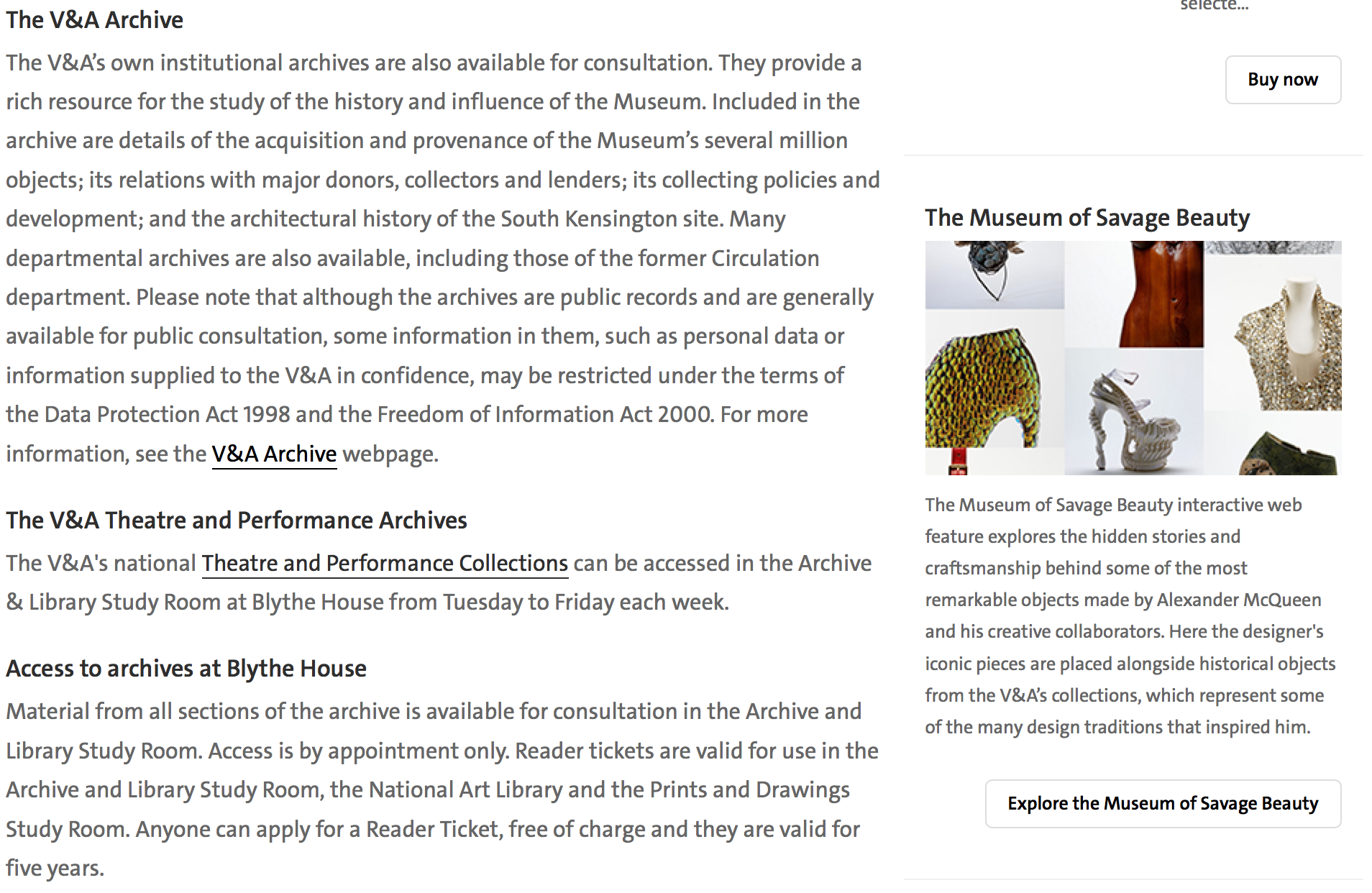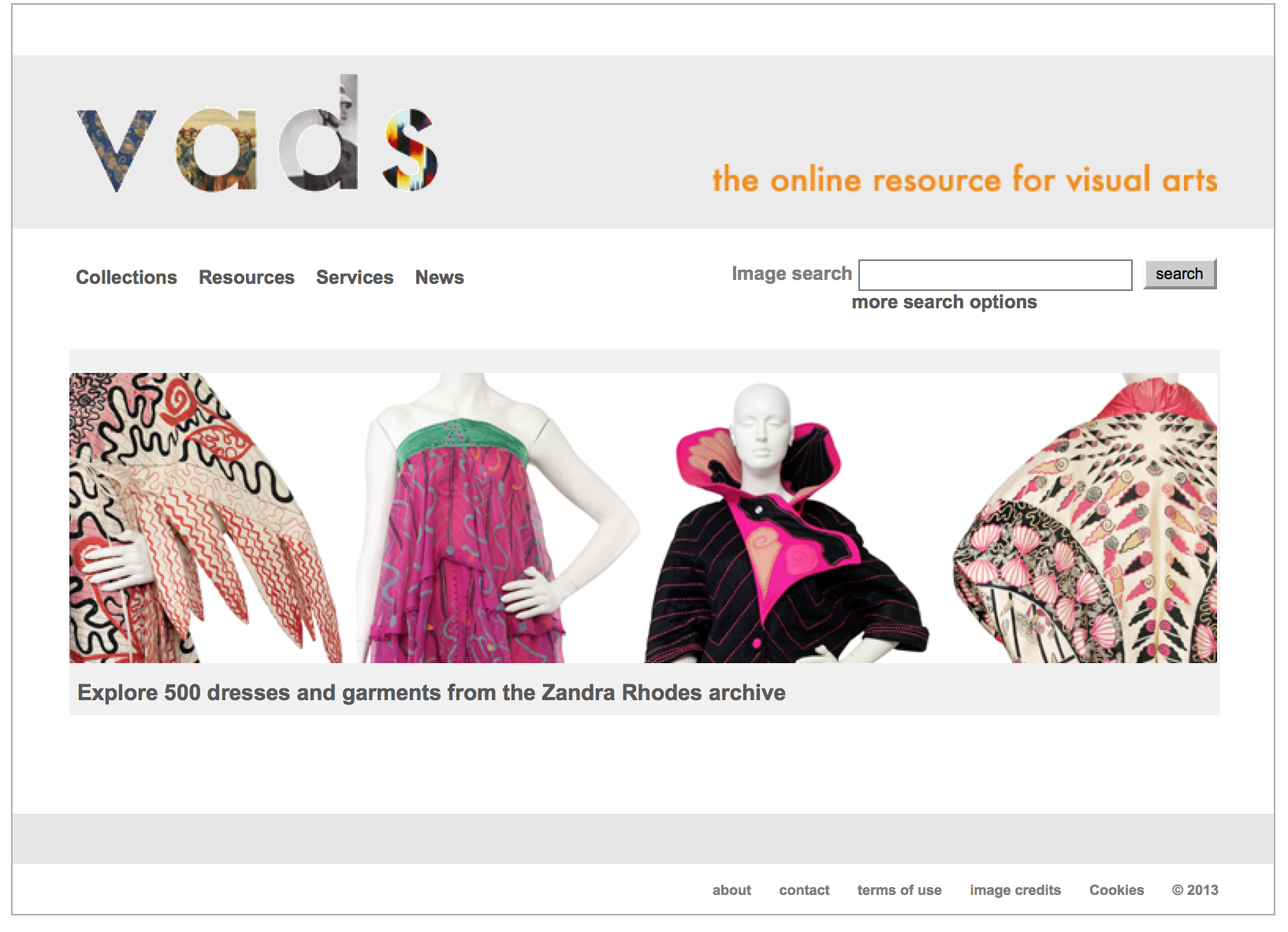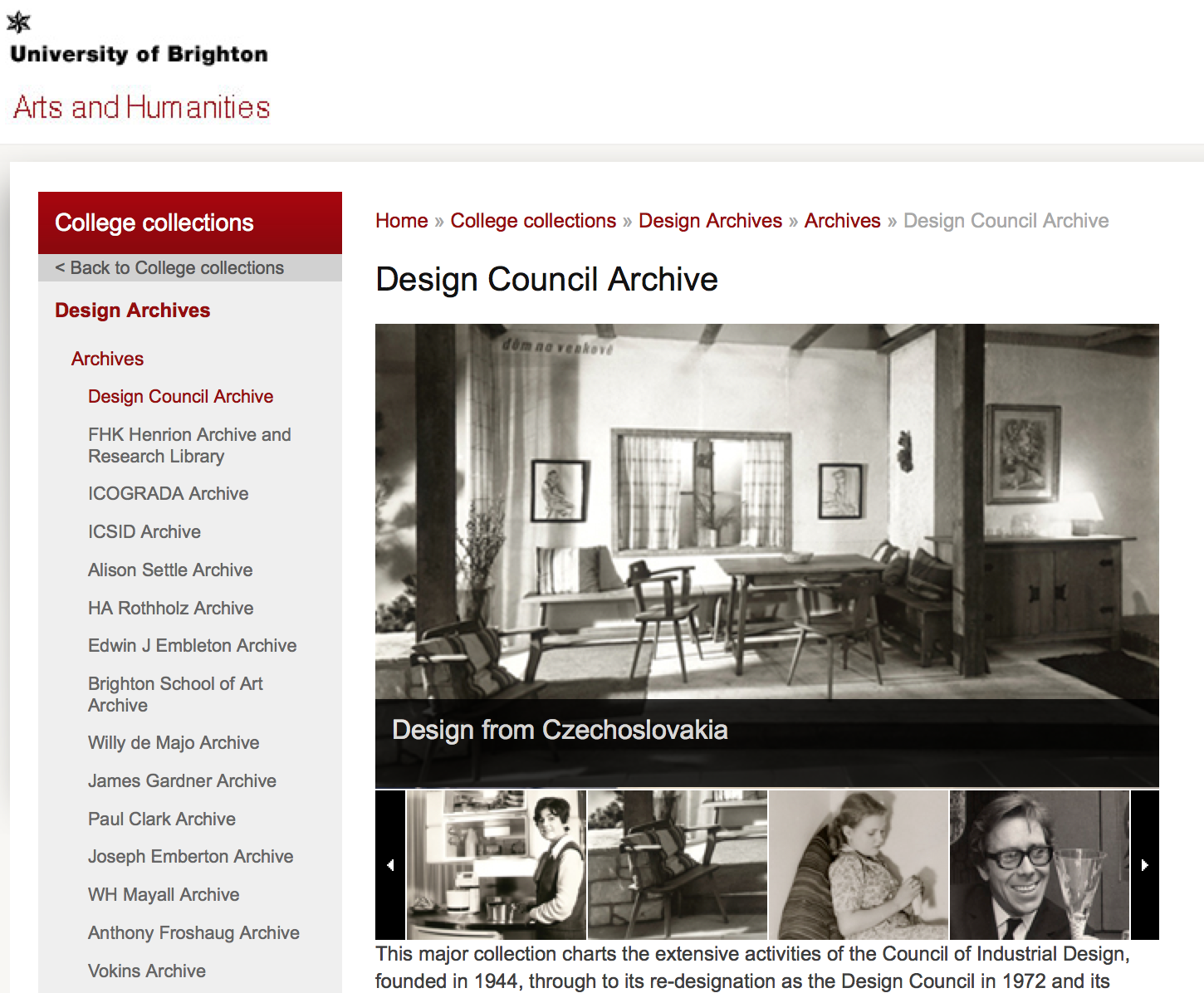I’m apologising upfront for ranging around a few ideas here. I wanted to avoid using footnotes but not lose any tangents either; after all this is a blog post which needs to be a little more condensed than my thesis (!) but at the same time it is discursive. This is a place for me to try out ideas.
While my PhD is not a history or geography of design museums a taxonomy is helpful in order to demarcate the field, the still novel “museum type” of “design museum”. The exhibition catalogue, Design Museums of the World: Invited by Die Neue Sammlung Munich (published by Birkhäuser in 2004) accompanied the show, Design Museums of the World, staged at Neues Museum Staatliches Museum für Kunst und Design in Nürnberg (17 September to 23 November 2003). A rich source of information and opinion, this surveys the field at the start of the 21st-century, and I investigate it at length in my literature review.
If I could travel the world visiting exhibitions I would, but as I don’t…I didn’t see the exhibition and I would guess that few of the MUSCON Europe delegates did either, as when a big box of the exhibition’s catalogues made an appearance at Vitra Design Museum (summer 2014), coinciding with Angelika Nollert’s keynote speech, it was eagerly consumed. Angelika had been Director at the Neues Museum Staatliches Museum für Kunst und Design in Nürnberg and is now Director at sister institution Die Neue Sammlung München; the collaboration between the institutions, which produced the exhibition and publication, is mirrored by Angelika’s career.
As I’m interested in how a temporary show lives on after its “time is up”, this catalogue proves a point – the usefulness of investing in print on paper. Originally produced for the debut exhibition at Nürnberg’s new art and design museum, the catalogue is a unique resource for comparing and contrasting a number of design museums, 29 in all, at a particular moment in history. Worldwide there are about twice that number now, and while many of the institutions listed in the catalogue evolved from museums of decorative arts, or were art museums that extended their remit, most of the newly opened institutions are “purely” design focused. Along with the newbies, some of the world’s most established museums of design are reinventing themselves; this is a time of flux.
When design journalist, Edwin Heathcote asked: “What are design museums actually for?…are these going to be museums of everything?” (Financial Times 26/9/14), the most radical reply came from Martin Roth, Director of the Victoria and Albert Museum (the grandmother of them all). He declared the quality of contemporary art – “95% is rubbish”, to be a prompt for design to step in. “But perhaps not so much in dedicated museums”. He recognises the power of design to engage audiences, “Design tells so many stories”, but also calls for a rigorous approach, “Design isn’t everything and the perception that it is, is confusing and damaging to the museum”.
To say there is debate about design and museums is putting it mildly; it’s been on-going for the best part of two centuries. Pinpointing a particular moment, though, may be useful in gauging how developments have pushed on the debate. The hopes and plans of the curators given voice in this exhibition catalogue can be tested against the programming that was subsequently delivered.
Published in German and English (resplendent in five-colour print, CMYK plus silver), Design Museums of the World: Invited by Die Neue Sammlung Munich (edited by Professor Dr. Florian Hufnagl) is a celebration of the field rather than an exhaustive survey. Each chapter is devoted to a “design museum”, showcasing unique aspects of its collections in the form of a discursive mission-statement from a named member of staff and an image of “one outstanding object from their country” (included in the temporary exhibition). Taken together the intention is to demonstrate: “a glittering mosaic of 20th-century design history” (ibid:15). It is telling that an “object” is invited to represent a design museum and that the “nationality” and location of the institution is emphasised. That this exhibition adopted such a format highlights an aspect that many design museums share, the “national” character of their collects. Such a demarcation emphasizes the hybrid nature of this nascent “museum type”: a mix of art museum, which proudly displays “national schools” (as defined by the discipline of art history), along with the “evolutionary” turn of industrial and historical museums, which chart the economic and political development of nation states, and the ethnographic museum that explores and preserves the domestic rituals and practices of populations.
In the late-1980s during a period of museum expansion and the development of the discipline of Museum Studies, Alan Morton noted: “Until recently the Victoria and Albert Museum was advertised as ‘the nation’s treasure-house’, an ambiguous term which can be taken to imply that the collections inside the building are there only because they are valuable and have to be kept locked away”. (“Tomorrow’s yesterdays: science museums and the future” p.129, The Museum Time Machine edited by Robert Lumley, Routledge, 1988). Design historian, Catherine McDermott, writing in Design Week updated us with the news that Director Sir Roy Strong had re-tagged the museum as the “National Museum of Art and Design” (“V&A after the Boilerhouse” Design Week 14/11/86).
Considering the design museum as a site for the convergence of ideas about the “national” reveals a number of initiatives, from the need to establish a “national collection”, presumably to elevate design to the heady heights of those fine art museums, along with the necessity of preserving the “stuff” already collected. An obvious strategy would be for design museums to collect and display objects designed and/or manufactured and/or sold and/or consumed (which?) in their particular country. In many cases such a collecting strategy builds upon the historical “decorative art” objects already collected, as evidenced in the descriptions of the design museums in the Nürnberg catalogue. An upshot of this could be the preoccupation with the notion of “national characteristics” in design, (perhaps also prompted by the organisation of early design history texts). Could variations between mass-manufactured everyday objects reveal fundamental distinctions of taste and aesthetic preferences in national populations? That objects are the “cause or effect” of such differences isn’t clear.
Setting out to explore these themes, National Characteristics in Design, was curated by architecture and design journalist Jonathan Glancey (of The Guardian) and staged at the Boilerhouse, the VA-basement-dwelling precursor to London’s Design Museum (17 April to 18 July 1985). Searching the V&A Archive for information about the show, I’ve been informed that there is no “file”, which is unsurprising as the Boilerhouse, run by the Conran Foundation (an educational charity), inhabited a liminal position within the museum, not “in-house” but definitely “dependent”. It inhabited a privileged position (with certain individuals) due to its popularity (boosting museum attendance figures by, at times, over 1,000 visitors a day) and the substantial amount of sponsorship-in-kind that it bestowed on the museum. But it also performed a precarious balancing act; encumbered by insufficient management support it was very nearly sabotaged at a number of crucial moments by quantities of museum red tape.
That an ambitious thematic show (which requires significant resources in terms of research) was curated by a “freelancer” suggests that the Boilerhouse team were stretched; no more than two in-house curators worked on a programme of 23 exhibitions staged over 54 months. Some shows were “buy-ins”, but these still necessitated the expenditure of organisational time and effort. Charting the development of the show, the idea seems to have come directly from Glancey. Mention is made of “national characteristics” in one of the many lists of ideas for upcoming shows, which were generated over the course of the Boilerhouse residency at the V&A at the behest of Strong. But these were little more than strings of work-in-progress titles and in this case, “Designs of the 50s viewed as national characteristics”, is way off the mark of the show that was actually delivered. His show doesn’t appear on any of the lists. First mention, found in the V&A Archive, is a memo from Glancey dated 24/1/84 outlining his motivation for the show: “There is no real internationalism in product design despite the Modern Movement”, and suggesting that he’ll deliver a more detailed plan when he gets the contractual go-ahead. (I’ll be examining the exhibition in more detail in my thesis).
The most obvious trace left by this exhibition comes in the form of an accompanying catalogue. Produced in a large-format on newsprint, however, as far as posterity and access is concerned it represents a lose-lose on two counts: the permanence of print is undermined by the less than robust paper stock, cover and binding; and the ease of open shelf-browsing is denied by the larger than life and fragile format, which necessitates storage with the oversized/special collections thus separating it off from all the other Boilerhouse and Design Museum catalogues in college libraries. That art and design students find topics for essays by literally browsing the shelves means that this catalogue is effectively hidden.
An online search for traces of Glancey’s exhibition brought up VADS, the Visual Arts Data Service based at the Farnham Campus of the University for the Creative Arts. Here images of the gallery reveal the show-stopping installation and display design by Jon Wealleans; it’s so photogenic that no actual exhibits were photographed. Searches for both the “Conran Foundation” and “Boilerhouse” pull up other exhibitions represented by close-ups on exhibits. Some of these images are labelled as “curated” by the Conran Foundation and others by the Victoria and Albert Museum, which is incorrect as all Boilerhouse shows were curated independently of the V&A, although there was some input from museum “Keepers” (meaning curators). The anachronistic “Keeper” fits with the object-centric culture of the “treasure house” but outlived Strong’s reforms by decades. Attitudes have changed though. In Heathcote’s Financial Times article the current Director refers to “curators”, saying: “…curators are seen as being at the top of a hierarchy. This must stop. We have to open all this knowledge to the public”.
Most of the images accessed on the VADS searches come from the Design Council Slide Collection housed at Manchester Metropolitan University. But why was the Design Council documenting shows at the Boilerhouse? Trawling through more than a decade’s worth of Council Meeting Minutes (1979 to 1990) from the Design Council Archive housed at the University of Brighton, I found no mention in any of the departmental reports of the practice of photographing design exhibitions produced by other institutions. The documentary style of the images means these are unlikely to be press shots sent to the editorial desks of the Design Council’s various magazines and then deposited in the slide collection; these are not staged, promotional views, and they don’t match any of the photos that accompanied reviews (see “Nation Status” by Jan Burney, Building Design 26/4/85. Perhaps the documentation was undertaken on the personal initiative of a Design Council employee, as visual research; or the images may have been donated to the Design Council Slide Collection at a later date. One possible candidate is Sir Paul Reilly who was both a Council Member and a Trustee of the Conran Foundation.
What I hope to demonstrate here is that finding traces of past temporary exhibitions requires a degree of “detective work” that must also conform to academia standards. And a certain amount of serendipity also makes its way into the process. In this case, a catalogue for a show about design museums prompted me to consider the idea of “nationality” in relation to this particular museum type. That led me to re-examine planning documents that I’d come across at the V&A Archive in Blythe House, which led, in turn, to an online cache of installation views of Boilerhouse shows that I hadn’t seen anywhere else. Meanwhile, a catalogue turned up at the University of Brighton’s St. Peters House library, by searching the “Online Library”, along with press coverage of the show and subsequent articles further exploring the notion of national characteristics in design. A mix of archive, library and online resources, and a past exhibition catalogue purchased on Amazon, helped me piece together a temporary exhibition from 30 years ago, and place it into a wider cultural and museological context, a preoccupation with the national character of design demonstrated by curators and commentators. Coming up to date, even though the notion of national characteristics has been undermined by the homogenisation of distinction inflicted by international brands, where choice is boiled down and global tribes reign – are you Apple/OS or Samsung/Android? – it is still a relevant concept for design museums, which are tasked with managing collections of “local” objects that can tell so many stories.
Meanwhile, it remains a mystery as to why London’s Design Museum was not included in the exhibition and catalogue of Design Museums of the World. Was the museum invited to participate or not? My search for answers continues…



